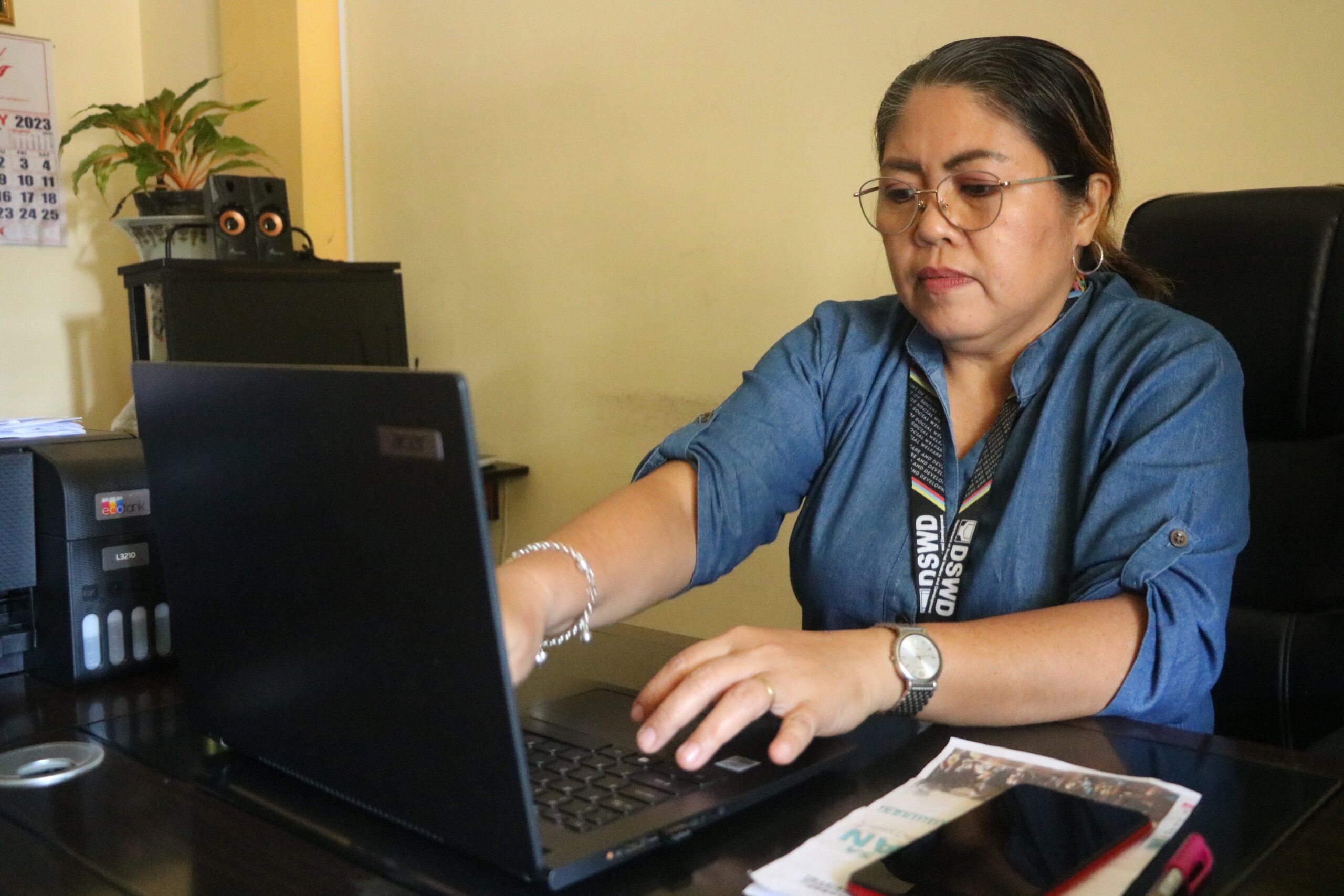SUMMARY
This is AI generated summarization, which may have errors. For context, always refer to the full article.

ZAMBOANGA DEL NORTE, Philippines – The government’s only facility for girls in crisis in Western Mindanao is struggling to cope with an alarming increase in cases of girls being raped, with half of them being incestuous.
Balay Dalangpanan sa Kabataan, established by the Department of Social Welfare and Development (DSWD) in 1996, is currently taking care of 64 girls in crisis, according to its head, Eva Avila.
Of the 64 girls, 35 are from Zamboanga del Norte, while the rest come from other provinces in the Zamboanga Peninsula region and Zamboanga City, and the Bangsamoro region.
“We even have girls from Basilan and Jolo, Sulu,” Avila told Rappler on Tuesday, February 21.
Avila said three of the 64 girls are children in conflict with the law, while the others are mostly victims of rape, with 40 to 50% being incestuous, and some are victims of acts of lasciviousness.
The youngest girl under their care is eight years old, while the oldest is 17.
Officials said there was an increase in the cases of rape and acts of lasciviousness in the region nearly three years into the COVID-19 pandemic.
Before the pandemic, Balay Dalangpanan sa Kabataan only housed an average of 15 girls in crisis. But the numbers skyrocketed to 60 during the pandemic, and it has yet to decrease below 50, even with the easing of pandemic restrictions.
Local social workers had thought that the cases would drop with the government easing public health restrictions and quarantine rules.
“Yet with the easing up of these restrictions, we were shocked, confused, and deeply concerned because the cases did not go down,” Avila said.
She said the increasing cases of abuse in the region were alarming.
“If we discharge two or three, there would also be four to five admissions, and lately, we even have siblings who were victims of incestuous rape,” Avila said.
Corporal Shekhena Moh Reen Ibno of the Dapitan City Police Office’s Protection of Women and Children Section said that despite the police’s campaign to stir public awareness for the protection of women and children, and the easing of pandemic restrictions, offenses continue to be high in the city.
Like social workers, Ibno had also initially blamed the rise of incestuous rape cases on the pandemic and the restrictions that came as a result of the public health crisis.
Dysfunctional families
Avila said dysfunctional families have likely been the root of the problem, where parents’ roles and responsibilities are slipping away because of poverty, immorality, vices, and absentee parenting, particularly from the mother.
According to Avila, “absentee parents” are not limited to overseas contract workers but also include parents who leave their children to relatives or friends while they work in other parts of the country.
She said the separation of parents and children has been a common cause of dysfunctional families, which, in turn, has led to many cases of rape and acts of lasciviousness, often perpetrated by stepfathers.
While many of the victims come from rural areas, there have also been reported cases of rape in urban areas, which can be attributed to family dysfunction.
Avila stressed the importance of correcting the dysfunction of families to help young girls in crisis.
Social workers said many families were faced with crises due to the country’s economic and moral issues, which require a concerted effort to address.
Although the government’s poverty-reduction strategy, through the Pantawid Pamilyang Pilipino Program (4Ps), is aimed at solving the economic side of the problem, it has had little success, with a high percentage of girls in crisis coming from 4Ps-beneficiary families.
Social media
Officials said one factor for the rising number of offenders among children in the region is the negative influence caused by social media, with minors possessing internet-ready smartphones.
Despite the efforts of schools, parents, and churches to strengthen the formation of values, social media remains unregulated.
The formation of values is critical to addressing the negative effects of the internet, and Avila emphasized the need for everyone’s help, from the family, schools, local governments, the Department of Justice, the community, and the police who are on the frontline. – Rappler.com
Add a comment
How does this make you feel?

















![[OPINION] Dipolog City: Is it modernization or cultural revision that’s happening?](https://www.rappler.com/tachyon/2024/07/dipolog-feature-july-6-2024.jpg?resize=257%2C257&crop=0px%2C0px%2C720px%2C720px)


There are no comments yet. Add your comment to start the conversation.